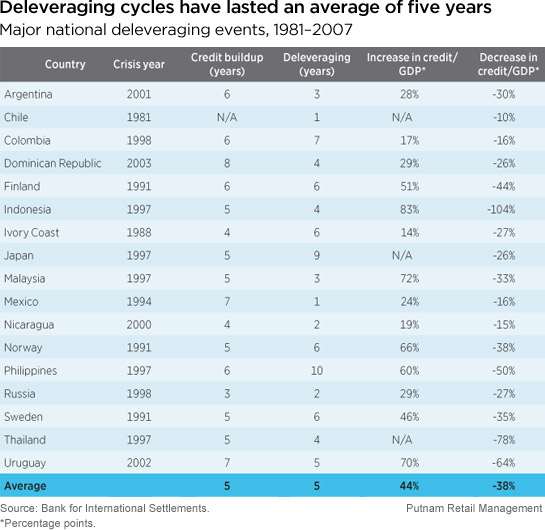It appears that the effects of the major deleveraging event in 2008 — punctuated by the collapse of Lehman Brothers — has finally shifted into a second phase. For the past four years, fixed-income investors have been influenced primarily by fear of another Lehman-type event, and this has affected pricing in general.
Now we believe we are entering a new phase of the deleveraging cycle. Private sector deleveraging continues, but investors have become less fearful that a new calamity lurks around the corner. Instead, investors are thinking more about how to generate returns.

Adjusting strategies with the market
The implication for an absolute return approach is that the strategies that have worked since 2008 might no longer be as effective. For example, strategies to benefit from the liquidity risk in mortgage credit may offer less upside than in recent years.
Today, we see opportunities in spread risk in the U.S. high-yield sector. There are also opportunities outside the United States, especially in European high-yield and emerging-market debt, which offer attractive real returns, though we are mindful of potential volatility.
More in: Fixed income



